LAKEPORT, Calif. – During an hour and a half long hearing last Tuesday the Board of Supervisors heard from numerous Lucerne residents about their frustration over California Water Service Co.’s plans to seek a 77-percent water rate increase, with the board voting unanimously to send a letter to the state in opposition to the rate hike.
The lakeside town has the highest rates in Cal Water’s 34-district system, and has seen rate increases jump by more than 160 percent since 2005.
Supervisor Denise Rushing asked the board to support sending a letter to the California Public Utilities Commission. “This board obviously doesn't set the rates for the water in Lucerne,” she said, asking instead that the board be willing to speak for Lucerne.
Her memorandum to the board cited the community’s economic challenges and also voiced her skepticism of the motivation behind the rate increase. She said the reasons cited for the increase include $108,000 in salaries, $38,000 in employee benefits and a 2011 remodel of Cal Water’s San Jose office.
Lucerne pays the highest share per volume of water for 33 of Cal Water’s 34 districts, and Rushing wanted support to ask legislators to look at options for rate reform, particularly for disadvantaged communities.
During the Tuesday discussion community members asked the county to purchase the system or to build a new one, neither of which seemed viable options, as the system isn’t for sale and state law would require the county to reimburse Cal Water for its facilities if a competing system was built.
Resident Barbara Johnson said a lot of work had gone into fixing up Lucerne, with the county improving the lakefront and working to bring Marymount College to town to have a campus at the Lucerne Hotel.
“The little town has really improved in the nine years I've been here,” she said.
But Johnson said the town’s infrastructure was crumbling underneath, and that all of the good investment would be wasted if people can’t afford to live there.
She said people need to understand the ratemaking structures, and added that she believed it would be a “technical fight” with the California Public Utilities Commission.
Kurt McKelvey said he had crunched the numbers and under the new 77-percent rate increase, water would go up from $7.90 per hundred cubic feet to $13.98 per hundred cubic feet.
“The people of Lucerne just cannot afford this,” he said.
He said that Cal Water purchases water from Yolo Flood from Clearlake for $55 per acre foot, or about 12 cents per hundred cubic feet, then charges $7 per hundred cubic feet to customers, a 6,275-percent markup.
He said Cal Water had stated in documents submitted the CPUC that it was expecting to bring in $2.2 million in 2012 from the more than 1,200 households that have water service in Lucerne. He asked for help in creating fair water rates for disadvantaged communities.
Becky Ornellas, who along with husband Ken owns the Foster’s Freeze in Lucerne, told the board that if something wasn’t done about the water rates, she was going to close the restaurant’s doors.
She said they had worked to build up the town only to see it dry up several times. Despite conservation, she said her costs have continued to go up.
Ruth Valenzuela of state Assemblyman Wes Chesbro’s office said Chesbro sent a letter to the CPUC on Tuesday morning.
In the seven years she’s worked for the state, Valenzuela said she had heard about Lucerne’s water issue constantly, and suggested there may be a “bigger fix” that can happen. However, she said Chesbro will only represent Lake County four more months due to redistricting.
She read from Chesbro’s letter, which can be seen below in its entirely. In it, Chesbro noted that since Jan. 1, 2009, 92 homes in Lucerne had been lost to foreclosure, amounting to one displaced family every two weeks. He also quoted the U.S. Census Bureau, which reported that more than 41 percent of Lucerne’s households earn less than $25,000 a year, with 21 percent of residents being seniors.
Charles Behne said he paid nearly $300 every two months for water, with most of the costs being surcharges.
“We pay more than what they say our average surcharge is without even using any water,” he said.
Alan Flora of the county’s administrative office told the board that Cal Water’s definition of a “typical metered residential customer” is carefully worded. If all of the vacant homes are figured in, the average person’s rate is much higher than the roughly $62 per month that the company estimates residents pay.
“The discrepancy is in the vacancy rate, I think,” Flora said.
Lucerne resident Skip Walton said he’s used 81 CCFs – a CCF is 100 cubic feet – in nine years. He’s paid more than $1,800 for the four CCFs he’s used in the last six years, more than double what he paid for the 77 CCF he used during the first three years he lived in Lucerne.
“I’m on the brink of leaving this property,” he said.
Cal Water’s system needs fixing – he referenced leaking pipes that lost a third of the water that passed through them. While the company has new trucks, more staff and a new office, “We still have stinky, rotten, leaking pipes.”
Cal Water’s stockholders, Walton said, have never not gotten dividends.
Craig Bach said Cal Water billed its Lucerne residents for more than $8 million in improvements they didn’t get based on previous water plant designs. Of the 450,000 customers in Cal Water’s system, Bach said only about 4,500 – including Lucerne – have onerous rates. He said Cal Water has authority from CPUC to do pretty much what it wants.
Cal Water representative addresses board
Tom Smegal, Cal Water’s vice president for regulatory matters and corporate relations, told the board that the comments given at the meeting would be appropriate before the CPUC.
He said Lucerne’s customers “are not even paying the entire cost of providing water service to the community here.”
Smegal said each of the town’s customers receive about $300 annually in water subsidies, and Cal Water was seeking to raise that amount to $375 annually in its application to the CPUC, which he asked the board and customers to support.
In addition, while 30 percent of Lucerne’s customers are on a low-income program that gives them a $12 per month credit, Smegal said the company estimates another 10 percent of the customers who are qualified aren’t enrolled.
Smegal said the company is perfectly willing to have a full audit of all of its costs. “No one should be shy about asking why it costs so much to provide water service in Lucerne,” he said, adding that in 2005 Lucerne organized a group to participate in the rate process.
The board pointed out that the county-run systems are run at far less cost to customers, and they have the same costs as Cal Water.
Board Chair Rob Brown asked Smegal if Cal Water had ever been denied a rate increase. Smegal said the CPUC had always changed their rate requests.
“It’s an old game,” said Brown. “You ask for 100 knowing full well you’re going to get 65.”
Brown said every community around the lake is having issues, and when the county looks at its water rates it considers socioeconomic factors of the particular community. Referring to Foster’s Freeze, Brown said there was a business that had survived a recent armed robbery but can’t survive a rate increase.
“We have some real problems with this amount of rate increase,” Brown said, telling Smegal that he needed to take that back to Cal Water, and everything needed to be done to make the rates reasonable.
Rushing said massive capital investment in the community has been made and more is needed. She said there should be an affordability index.
Cal Water had already started the process of killing the community economically. “You’re going to have a four and a half million dollar plant with no ratepayers to pay for it,” she said. Rushing said the CPUC needed to look at legislative remedies.
She compared the idea of capping water rates to the salary cap in baseball.
Brown replied, “The difference is, no one is forced to watch th game. Here they are.”
Concerns about community’s survival
Supervisor Jim Comstock asked Smegal why – if the costs of operating the Lucerne system were so high – the company simply didn’t put the system up for sale. Smegal said the company is providing service at the required level.
“That wasn’t a frivolous question,” said Comstock. “I meant it.”
Smegal didn’t directly answer the question. “We’re in the business of providing good water service,” he said.
Supervisor Anthony Farrington said the county’s own systems have lacked investment over the years and become antiquated, and the county has had to bring up rates.
He pointed out to Smegal, “In your application, part of the rationale is the decrease in water usage,” while the county rewards people for reducing use.
Farrington asked Smegal if the company spread its rate base across the company’s customers or if they stayed within the district. It was the latter, said Smegal.
Smegal also told the board that about 98 percent of the company’s costs were fixed, and that there is an incentive for conservation.
Farrington said when the company institutes draconian rates it cuts into disposable income, adversely affecting the community and economy. He said he was concerned about what would happen when Marymount College opens its Lucerne campus, and the water costs it could face.
“You would kill our community in its entirety,” Farrington said.
He asked if the company aimed at a certain percentage of return. Smegal said the company got an 8.25-percent rate of return on what is invested in its infrastructure, which was explained was just the water system and pipes.
Farrington asked if it was possible that rates would be brought down if the Legislature was interested in introducing an equitable approach for spreading around costs.
“That’s a big topic,” said Smegal, urging the board “to be a little cautious with that.”
Smegal said that could lead to subsidizing other high ratemaking areas in wealthy coastal communities such as Rancho Palos Verdes and the Menlo Park-Atherton area.
He said the CPUC is holding a proceeding on ratemaking and said CPUC Chair Michael Peevey was interested in the matter. Farrington said the county had worked with Peevey on other issues and didn’t think he was truly interested.
Smegal said Peevey had been interested in the last ratemaking case when Lucerne received high rate increases and implemented a proceeding, but Smegal said Lucerne hasn’t been represented in that matter.
Farrington asked how a more equal distribution of rates would hurt Lucerne. Smegal said it would hurt other areas.
Community members asked if it was possible to condemn the system and have the county take it through eminent domain. “If the system were for sale it would be complicated enough,” said Rushing, noting that eminent domain would have the added costs of legal proceedings.
County Counsel Anita Grant said public utilities code protects private utilities even further in such cases. If the county created a competing district, it would still have to pay Cal Water for its assets.
Rushing said there were many challenges. “My message to Cal Water is, this issue isn’t going away because the town is suffering,” she said. “This is an economic disaster for the town of Lucerne.”
She moved to have the board send a letter against the rate increase to the CPUC. “We have to go one level up and look at his from a ratemaking perspective,” she said, and they would ask the CPUC to make sure water was affordable.
The board voted 5-0 to send the letter, with each board member to sign it. The vote received a round of applause.
Email Elizabeth Larson at This email address is being protected from spambots. You need JavaScript enabled to view it. .
August 14, 2012
Mr. Michael Peevey, President
California Public Utilities Commission
505 Van Ness Ave
San Francisco, CA 94102
Dear President Peevey:
I am writing to voice my concern about California Water Service Company’s (Cal Water) proposed water rate increase for the residents of Lucerne in Lake County.
As you may know, Cal Water recently filed for a general rate case application in which they are asking for a 77% increase over three years to the rate payers in Lucerne, one of Lake County’s most disadvantaged communities. Since January 1, 2009, at least 92 homes have been lost to foreclosure in Lucerne. This amounts to one displaced family every two weeks. According to the US Census Bureau, over 41% of Lucerne households earn less than $25,000 per year and almost 21% of residents are seniors.
Cal Water states that the proposed rate increase is substantial, effectively doubling Lucerne residents’ water costs within three years, bringing the average bill from $62.85 per month to $124.22 per month. In this case, “average” as stated by Cal Water, while quite high, may be misleading. Lucerne is a community that has a large number of homes which are used as vacation or second homes and therefore has a vacancy rate of over 25%. The real cost to a full time household may be substantially higher.
In the past several years, Lucerne has seen its share of rate increases. In 2005, the company sought a 247%increase, receiving approval from the CPUC for a 121-% rate increase in 2006. In 2009, Cal Water requested an increase of 54.9 % and was granted an increase of 41.8 %becoming effective in 2011.
I would appreciate your serious consideration for the residents of Lucerne. I am not sure that another severe water rate increase can be absorbed without severe repercussions to the community.
Respectfully,
WESLEY CHESBRO
Assemblyman, 1st District
081412 Lake County Board of Supervisors - Lucerne Water Rate Increase


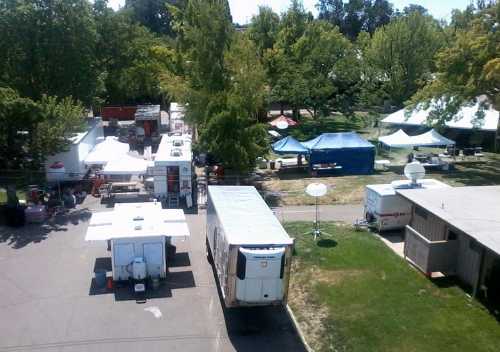

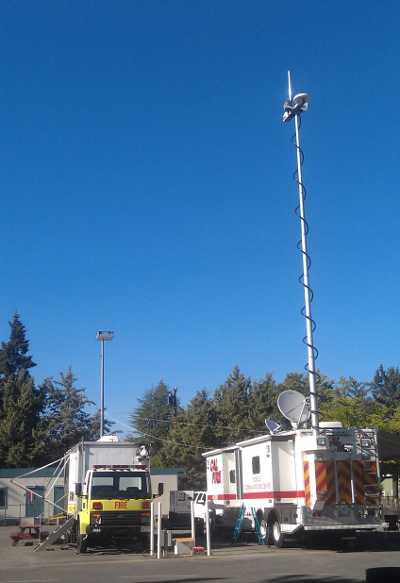
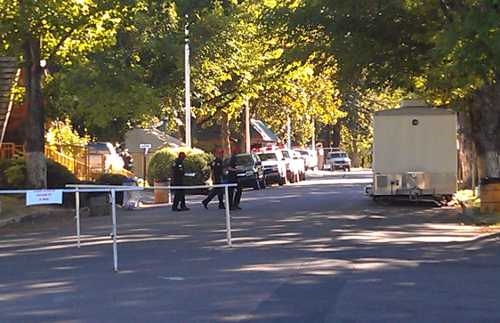
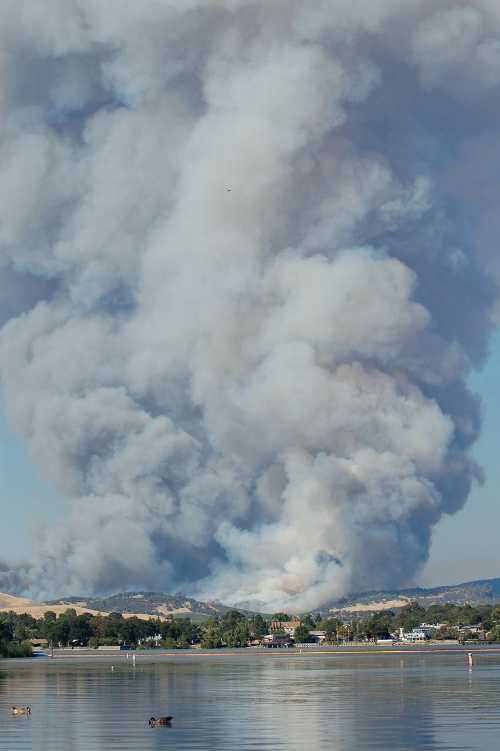

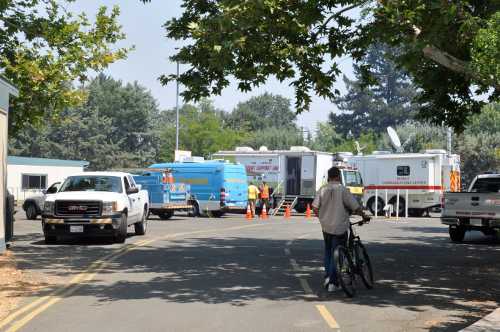
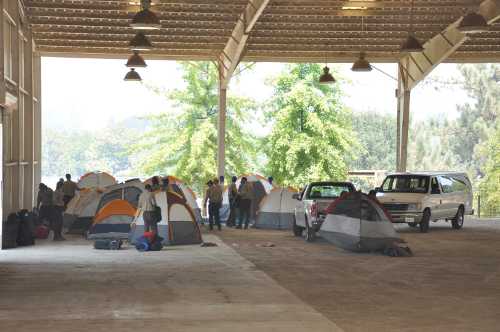
 How to resolve AdBlock issue?
How to resolve AdBlock issue? 



